Transistor Basics
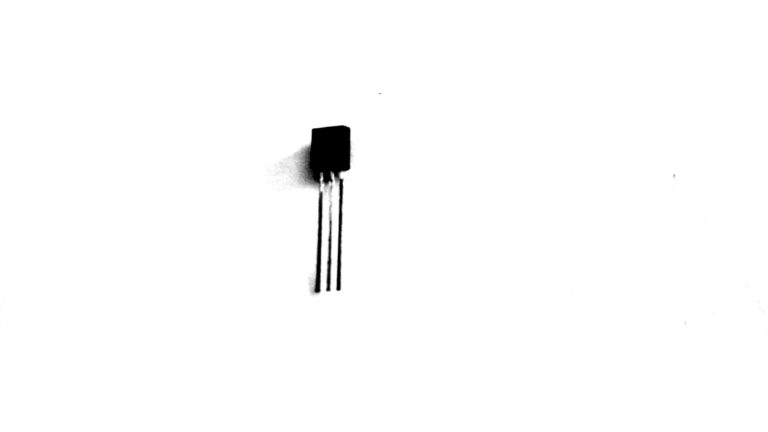
What are transistors? A question which always tops the list when you hear a new word, isn’t it?
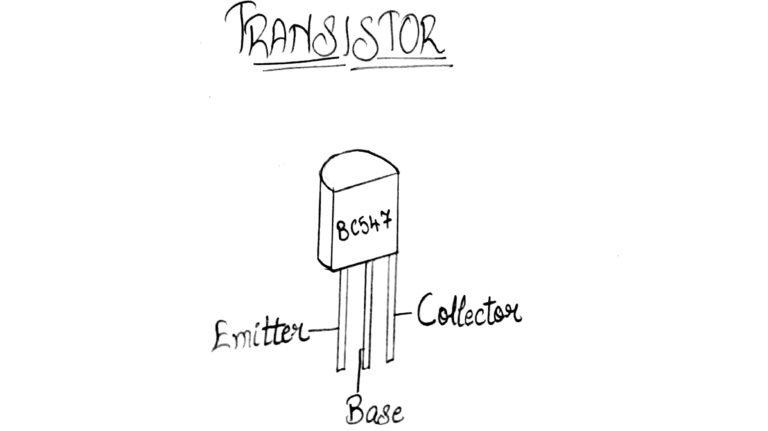
To get an overview, If cells are the building blocks of life, transistors are the building blocks of the digital revolution. Without transistors, the technological wonders you use everyday — cell phones, computers, cars — would be vastly different, if they existed at all.
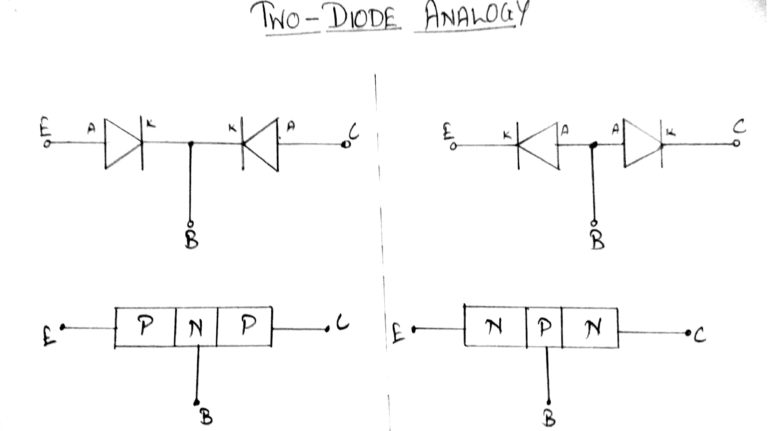
In the previous lecture we learnt about diodes. Now, If we join together two individual signal diodes back-to-back, this will give us two PN-junctions connected together in series that share a common P or N terminal. The fusion of these two diodes produces a 3 layer, 2 junction, 3 terminal device forming the basis of a Bipolar Junction Transistor, or BJT.
Second question buzzing in your head would be why a Transistor when you have a diode?
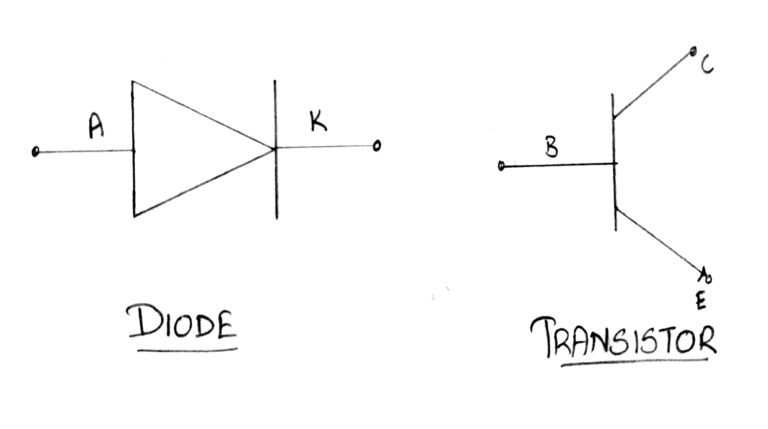
Okay, Diodes and transistors are different from each other. Diodes just act like a valve or simply like a switch. When you look at transistors, they can act like a switch as well as perform the most important function of amplifying. well earlier vacuum tubes were used for the same purpose. But, transistors came in with multiple advantages having faster switching time, Small in size, less power consumption, no heating issue, and with higher efficiency and so it replaced vacuum tubes. Transistors make logic making very easy. So to conclude, with electricity, transistors can both switch or amplify electronic signals, letting you control current moving through a circuit board with precision.
Almost all the devices use transistors in their circuit.
Lets Know what are the types of transistors :
1. UJT [Unipolar Junction Transistor]
2. BJT [Bipolar Junction Transistor]
3. FET [Field Effect Junction Transistor]
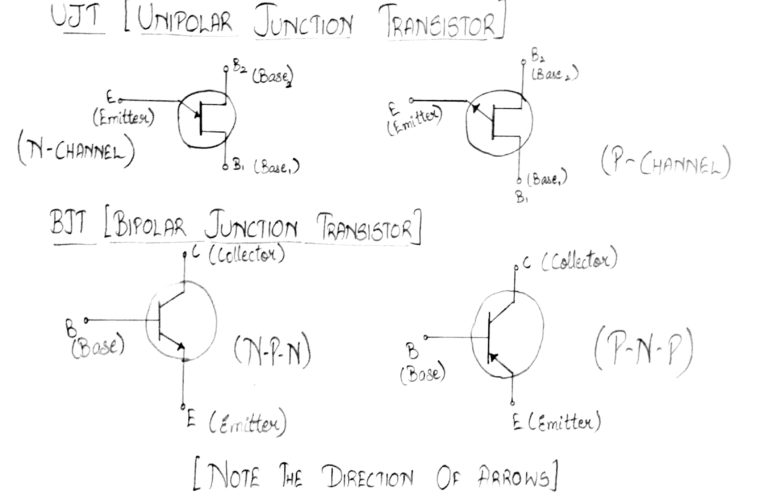
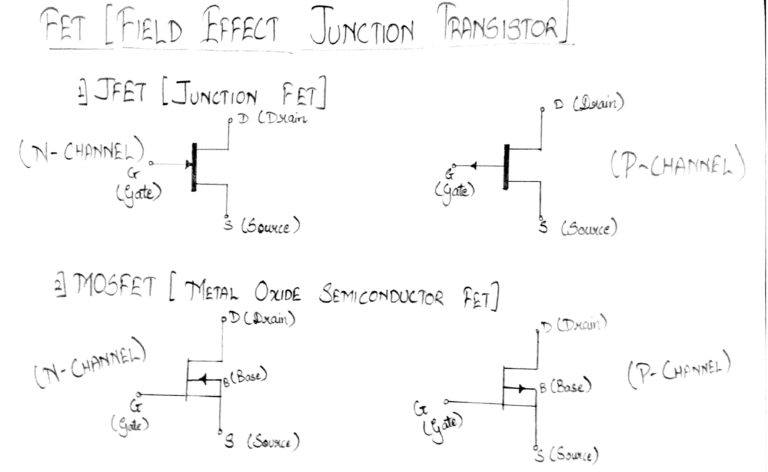
We will learn about the later two, i.e. BJT and FET
Bipolar Junction Transistor :
Transistors are three terminal active devices made from different semiconductor materials that can act as either an insulator or a conductor by the application of a small signal voltage. The ability of a transistor to change between these two states enables it to have two basic functions: “switching” (digital electronics) or “amplification” (analog electronics). Then bipolar transistors have the ability to operate within three different regions:
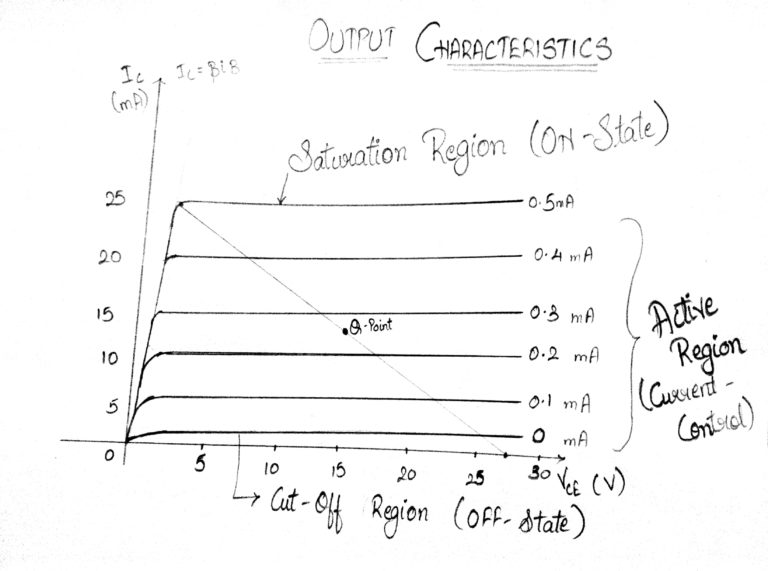
Active Region – the transistor operates as an amplifier
Saturation – the transistor is “Fully-ON” operating as a switch
Cut-off – the transistor is “Fully-OFF” operating as a switch
There are two basic types of bipolar transistor construction, PNP and NPN, which basically describes the physical arrangement of the P-type and N-type semiconductor materials from which they are made.
PNP is a sandwich of two P-type semiconductor with one N-type semiconductor in between.
NPN is a sandwich of two N-type semiconductor with one P-type semiconductor in between.
The basic construction of the BJT consists of 2 PN-junctions producing three connecting terminals with each terminal having a name to identify it from the other two. These three terminals are known and labelled as the Emitter ( E ), the Base ( B ) and the Collector ( C ) respectively.
Bipolar Transistors are current regulating devices that control the amount of current flowing through them in proportion to the amount of biasing voltage applied to their base terminal acting like a current-controlled switch.
Operation :
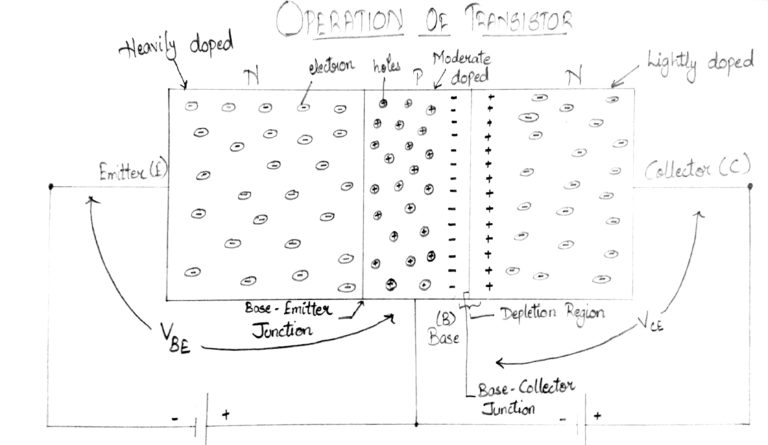
Considering the transistor is NPN, Electrons can easily flow from the p-type base to the n-type collector as long as the base-emitter junction is forward biased i.e. the N-type is connected to the negative terminal of the battery and P-type to the Positive terminal of the battery. The NPN transistor is designed to pass electrons from the emitter to the collector (so conventional current flows from collector to emitter). The emitter “emits” electrons into the base, which controls the number of electrons the emitter emits. Most of the electrons emitted are “collected” by the collector, which sends them along to the next part of the circuit.
A PNP works in a same but opposite fashion. The base still controls current flow, but that current flows in the opposite direction – from emitter to collector. Instead of electrons, the emitter emits “holes” (a conceptual absence of electrons) which are collected by the collector.
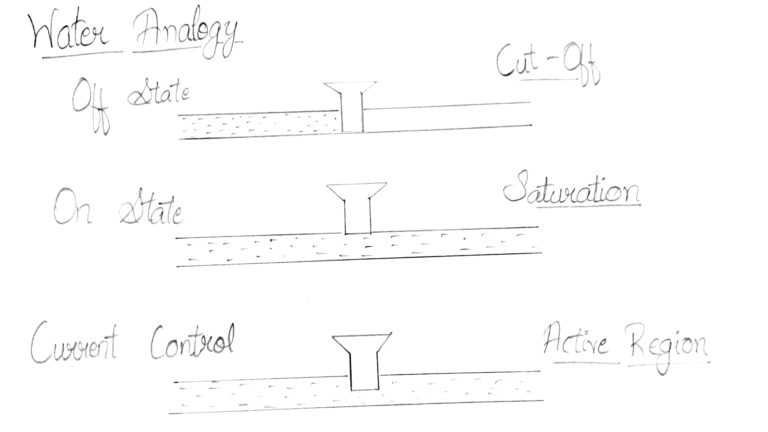
The transistor is kind of like an electron valve . The base pin is like a handle you might adjust to allow more or less electrons to flow from emitter to collector.